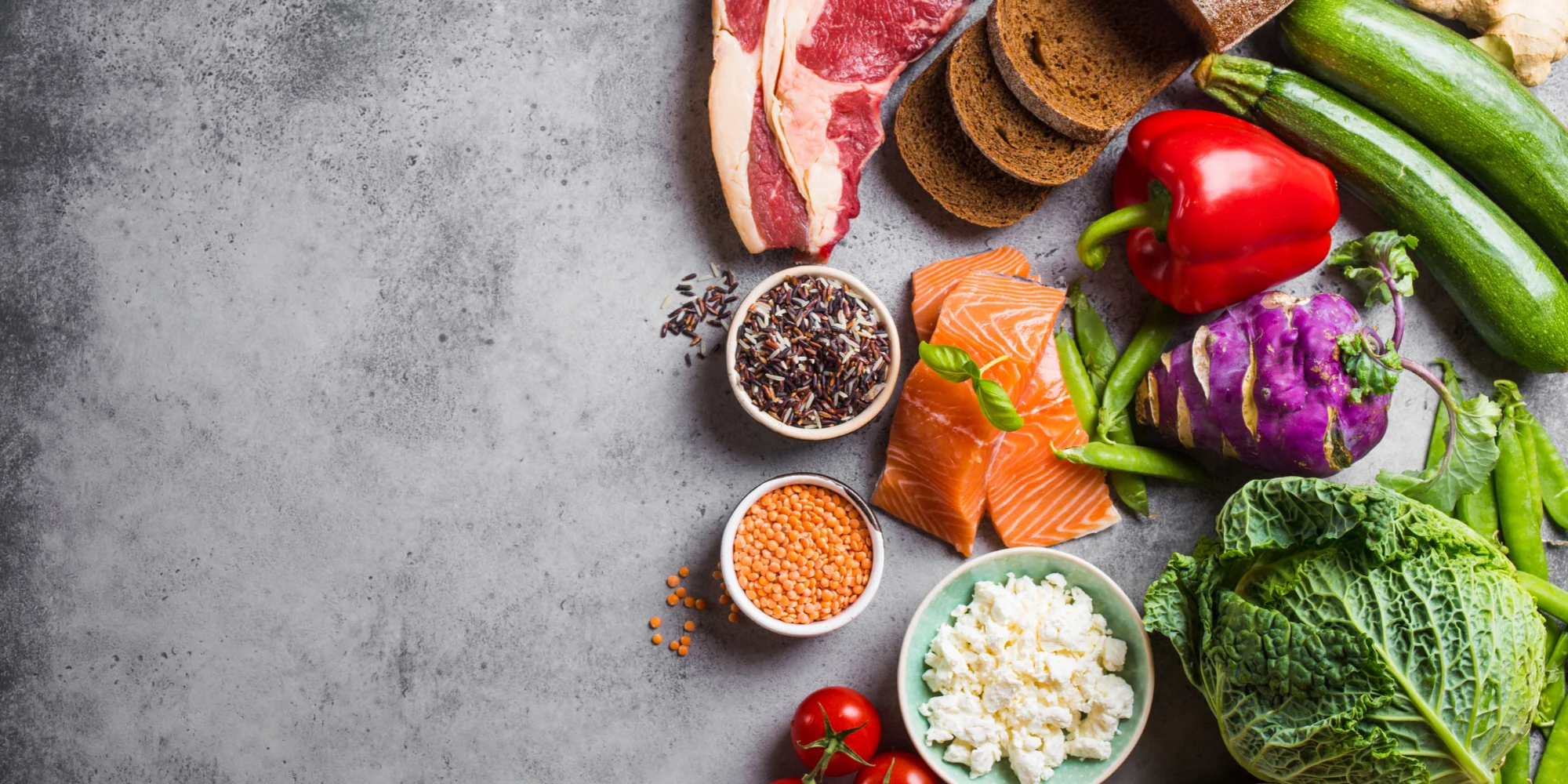Food can change the rate of absorption and pharmacokinetics of drugs administered orally. The FDA requires the determination of food effect for most drugs. Pharmacokinetics (PK) is crucial to the success of this type of study. It is important to engage a pharmacokineticist during protocol development to devise a proper PK blood sampling schedule because of the possibility that food can alter the time course of plasma drug concentrations. A full PK profile must be generated based on an adequate sampling schedule or the study may fail to meet its objective of determining a food effect.
Given the myriad of food effects on drug absorption and bioavailability, it is nearly impossible to predict how food will affect the pharmacokinetics of a given drug without actually having the data. Thus, a food effect bioavailability study is necessary to adequately describe how food will impact a drug’s pharmacokinetics.
Scientific Considerations
The FDA’s guidance for industry recommends that food effect bioavailability studies be designed as randomized, balanced, single-dose, two-treatment (fed vs. fasting), two-period, two-sequence crossover in healthy volunteers, with an adequately powered study including a minimum of 12 subjects who complete the study.
For the fed period, a high-calorie and high-fat meal is given to the subject following an overnight fast of at least 10 hours. The study drug is administered 30 minutes after the subject begins consuming the meal. A washout period must occur between the fed and fasted treatments. The length of the washout period is governed by the half-life of the drug.
A crucial step in planning a food effect study is devising a proper PK blood sampling schedule that can sufficiently describe a drug’s pharmacokinetic profile. As part of our consulting services for food effect studies, Allucent has generated a robust food effect protocol template based on the FDA guidance. The FDA recommends that the following exposure parameters be obtained for the fed and fasted treatment arms:
- Total exposure (AUC)
- Peak exposure (Cmax)
- Time to peak exposure (Tmax)
- Lag-time (tlag, for modified-release products)
- Terminal elimination half-life
An effect of food on the bioavailability of a drug is demonstrated when the 90 percent confidence intervals for the ratio of population geometric means between fed and fasted treatments extends beyond the canonical equivalence limits of 80-125 percent for either AUC or Cmax. These are the same limits used in many other bioequivalence studies in drug development programs. Any changes to tmax and tlag due to food effects must also be considered in terms of their clinical impact. Precise communication of food effect bioavailability study results is crucial to gain regulatory acceptance and ensure clinical utility.
When to Execute Food Effect Bioavailability Studies
Food effects have implications for designing other clinical studies in support of a new drug application (NDA). As such, a food effect study should be conducted early in clinical development for all new chemical entities (NCEs). While a formally powered study is needed for the NDA, in many instances a preliminary assessment of the food effect can be obtained very early in development as an additional cohort in single ascending dose or multiple ascending dose studies.
When pursuing the abbreviated new drug application (ANDA) pathway, bioequivalence studies under fed conditions are recommended in addition to fasted bioequivalence studies except in certain circumstances:
- If both the test and reference products are both rapidly dissolving with similar dissolution profiles, and contain a drug substance with high solubility and permeability (Biopharmaceutical Classification System [BCS] Class I)
- If the reference product’s label (i.e., package insert) states that the product should be taken only on an empty stomach
- If the reference product’s label does not make any statements about the effect of food on absorption or administration
This preliminary assessment does not have to be solely powered to provide insight into the potential for a food effect. The initial assessment can also be a valuable tool for strategic planning of clinical studies as part of a comprehensive clinical pharmacology plan.
PK is crucial to the success of food effect studies. Food can alter the rate of absorption and pharmacokinetics of orally administered drugs which is why it’s important to engage a pharmacokineticist during protocol development in order to devise a proper PK blood sampling schedule. Contact us to speak with one of our senior consultants about your program’s strategy for food effect studies.
